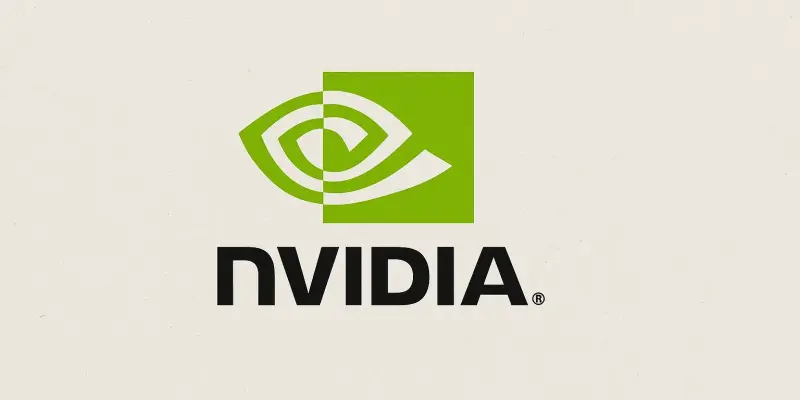In the dynamic realm of global technology, the interplay between cutting-edge innovations and geopolitical tensions is critical. As NVIDIA solidifies its role as a frontrunner in AI chip technology, recent developments prompt a reassessment of its export strategies, particularly in regard to Chinese markets. This analysis scrutinizes the influence of stringent U.S. regulations, explores NVIDIA’s pivot to new regions, and projects emerging trends that could redefine its global business approach.
Navigating Global Technology Markets: A Complex and Dynamic Analysis
The worldwide demand for artificial intelligence systems has surged, catalyzing substantial industry shifts and compelling companies like NVIDIA to reconsider their market strategies. Initially, NVIDIA’s advanced chips saw vast demand from China, aiming to support the country’s robust AI initiatives. However, U.S. export restrictions have necessitated significant strategic adaptations. These regulatory actions, designed to restrict access to specific American technologies, have posed considerable hurdles and reshaped the trajectory of NVIDIA’s international business dealings.
Evaluating Current Regulatory Impacts and Strategic Shifts
U.S. Export Regulations: A Limiting Factor
The imposition of U.S. regulatory measures has emerged as a pivotal factor impacting NVIDIA’s business endeavors. These restrictions aim to curb the transfer of sophisticated technology to China, sparking debate regarding its broader implications. Although large systems like the Grace Hopper are unlikely to be smuggled due to their complexity, smaller products such as the #00 AI accelerators reportedly continue to find their way into China through indirect channels. This scenario exemplifies potential enforcement gaps while illustrating the strategic challenges NVIDIA faces in adhering to compliance measures.
Embracing New Market Opportunities
Faced with barriers in the Chinese market, NVIDIA adapted by focusing on burgeoning areas such as the Middle East. Collaboration with governments and the construction of data centers in the UAE and Saudi Arabia marks a strategic move towards regions less encumbered by regulatory constraints. This diversification not only mitigates the risks associated with U.S. restrictions but also aligns NVIDIA’s market pursuits with regions eager to bolster their technological infrastructure. This approach reflects the broader industry trend of pursuing viable alternatives in a rapidly evolving global landscape.
Unpacking Regional Variances and Myths
The complexity of NVIDIA’s technology flow underscores a disparity in market accessibility across different regions. Despite common assumptions about comprehensive restrictions, smaller and highly coveted products still navigate through various channels, raising questions about the effectiveness of geopolitical measures. Expert insights suggest that brand presence in restrictive regions might not entirely cease, prompting a reassessment of prevalent misconceptions. Addressing this discrepancy allows stakeholders to grasp the intricate dynamics inherent in international technology trade.
Forecasting AI Export Market Trends and Innovations
The trajectory for AI exports is set on a transformative path with technological advancements and evolving multilateral relationships shaping future market landscapes. Innovations in chip design and potential changes in regulatory frameworks could redefine current parameters, fostering international collaboration or further restrictions. Speculative insights into these developments reveal potential impacts on NVIDIA’s strategic endeavors, underscoring the industry’s propensity for change. Anticipating these shifts enables companies to prepare proactively, ensuring alignment with emerging opportunities and challenges.
Strategic Insights: Navigating Complex Global Markets
Reflecting on the analysis, stakeholders should consider implementing strategic adaptations to effectively maneuver through the nuanced terrain of technology exports. Building robust partnerships in regions with fewer restrictions and enhancing compliance protocols are recommended strategies. Additionally, investing in innovative solutions can serve as a safeguard against unforeseen regulatory changes. Business professionals must remain informed of geopolitical tensions and leverage emerging market potentials to optimize their international operations and sustain growth.
The examination of NVIDIA’s export strategies sheds light on the intricate relationship between technology and geopolitical forces, highlighting the significance of adapting to an ever-changing global scenario. As industries continue to evolve, strategic foresight remains pivotal, urging stakeholders to embrace change and seek opportunity in diversification.

